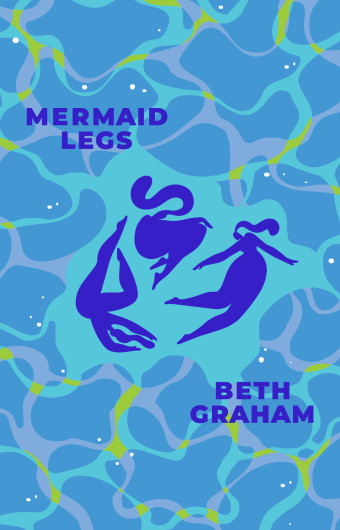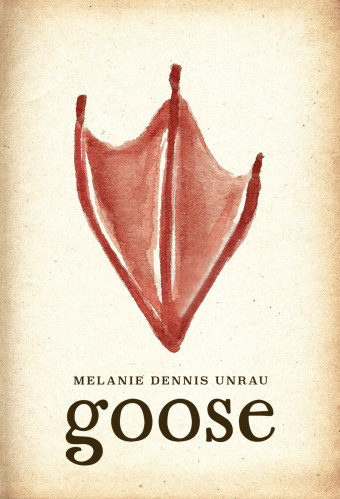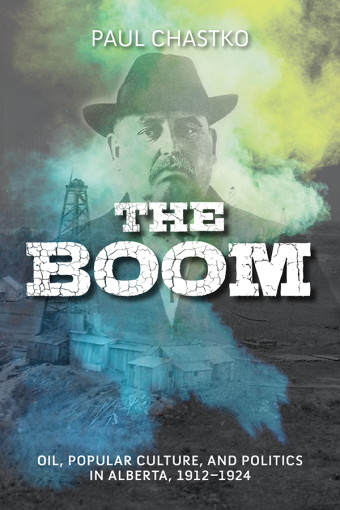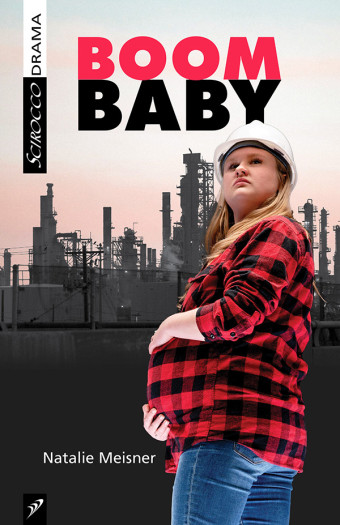You’d be forgiven for believing that Bentboy is an art offering that is bent out of shape, but you would be mistaken. In fact, it’s in fine storytelling form. Written by Herbie Barnes, who currently serves as the artistic director at Young People’s Theatre in Toronto, Bentboy is a story set in pre-contact times, yet is offered to us in a way that is timeless.

- Bentboy
- Herbie Barnes
- J. Gordon Shillingford Publishing
- $16.95 Paperback, 80 pages
- ISBN: 978-19-90738-34-0
“I made the story pre-contact so that the story was a completely First Nations story with no settler influence about it.”
It has been suggested that theatre’s purpose is not to entertain, but to teach, to provoke, to make you think, to make you feel. Entertainment is the dressing for this purpose. However, a skilled storyteller will achieve these objectives by wrapping them up in ways that keep our attention. Herbie Barnes is one of those storytellers. So was his mom.
“First and foremost, my mother [was] who taught us the stories growing up,” Barnes offers.
This might explain the character Eagleseye, a matriarch of the community, and the one from which wisdom is delivered. Eagleseye sends Bentboy, a physically differently-formed boy, on a quest in order to save the community.
“I was playing Bilbo Baggins [in The Hobbit],” recounts Barnes, “but the character Gollum would always steal the show. Paul (who was portraying Gollum) said someone should write his story and I set about that task, telling Gollum’s origin story.”
This was enough for Barnes to use as a launch pad to make the differently-abled one the protagonist of his story. It’s an unlikely choice, as he is an unlikely hero. Predictably, the community does not trust Eagleseys decision, even less Bentboy; especially since their faith lies in the hands of the one incapable of playing any of the children’s games according to the set rules.
The beauty of this story is not in where we begin, nor where we end, but what happens on the way. Eagleseye reveals that the imminent threat she spoke of is not an outside threat, but rather ourselves.
Through Bentboy, Barnes offers us a story of hope in the face of monumental enemies. We can use some hope these days. Laying a path for children to do right unto the world is an investment in hope.

“As humans we have a basic role. We need to leave this world in a better place than when we got here. This means setting young people up for success. Getting them ready for the world after we are gone. We take care of the environment so that it is healthy for the next generation. We teach young people to respect the differences in each other and in a healthy world we have done it since time began.”
In many ways, Bentboy is a modern story. Barnes uses contemporary theatre devices, like projections, to deliver entertainment and lessons. Like a tight hug, that is both love and survival. As we exist in modernity, post-contact, revealing that Barnes is self-aware, and so is the audience. The relationship with story and audience is also part of how stories are told, felt, remembered.
‘’Having us all feel the same thing, to lose our collective breath, to have our hearts beat at the same rhythm collectively,’’ explains Barnes, “is something I hope we as humans never lose.’’













